‘Cheaper than beer’: Laos meth prices plummet as Myanmar chaos fuels trade
Front-line workers say methamphetamine pills are now being sold for as little as $0.25 each as traffickers flood the country with unprecedented amounts of drugs.
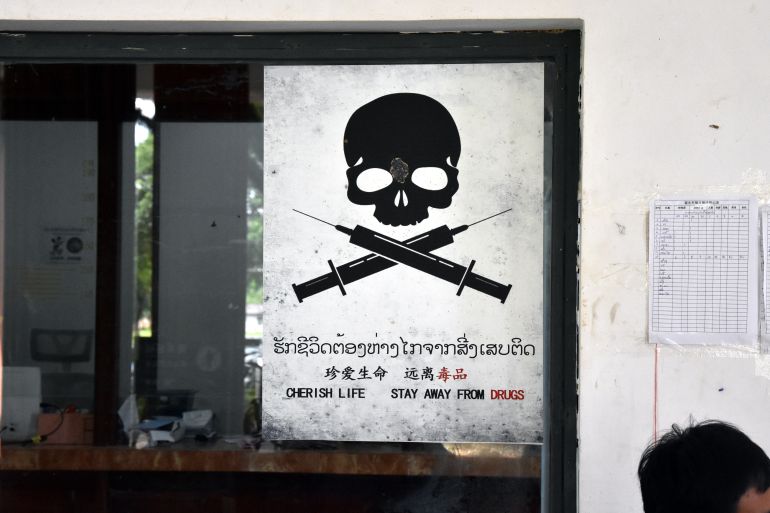
Vientiane, Laos – Keo remembers the day he consumed so much yaba that he “lost his mind.”
The 37-year-old from Laos took more of the drug – a potent combination of methamphetamine and caffeine – than he had ever done before.
Keep reading
list of 4 itemsMyanmar authorities burn $446m in illegal drugs
UN report says cocaine market booming as meth trafficking spreads
US charges Chinese companies with trafficking fentanyl materials
“I took 10 pills and I was totally lost. I didn’t recognise my family, I didn’t even recognise my children,” the father of two told Al Jazeera at the Transformation Center, a drug rehab facility 25km (16 miles) outside the Lao capital Vientiane, where he is receiving treatment.
“I couldn’t sleep at all. I didn’t drink, I didn’t eat. I felt powerful.”
Drug-free for just four days, Keo cut a frail and subdued figure as he explained that yaba, which means “crazy medicine” in Thai, helps him “escape all the thoughts”.
He said it was his family who made him seek help. A yaba user for 17 years, he said the Southeast Asian country’s drug landscape has transformed in that time.
“When I started, drugs were not this common,” he said. “Now there’s more and more; it’s everywhere now, even in Vientiane.”
The growing availability of methamphetamine in Laos, as witnessed by drug users like Keo, is part of a nationwide surge in supply that has today reached “unprecedented” levels, United Nations experts told Al Jazeera.
Part of the problem is neighbouring Myanmar, where the 2021 coup has created a violent conflict and a vacuum in law and order that has allowed drug syndicates to thrive.
In Laos, the poorly-resourced police are facing a deluge of narcotics as the country has become a vital trafficking corridor in Asia’s drug trade. The surge has pushed prices down to record lows, with front-line workers saying pills are now being sold for as little as $0.24 cents each –cheaper than most basic necessities like food and water and making the drug affordable to all in one of Asia’s poorest countries.
Bounme, the assistant director at the Transformation Center, one of only two privately-run rehabilitation centres in the country, told Al Jazeera that while “everything got more expensive” in Laos during COVID-19, “drugs got cheaper, a lot cheaper.” He preferred to be identified only by one name.
“Drug users tell me one piece of yaba is 5,000 to 7,000 kip [$0.24 to $0.34] now,” said Bounme, who interviews new patients entering the clinic. “If you buy a pack of 200, you can get it as cheap as 2,500 [$0.12] per pill.”
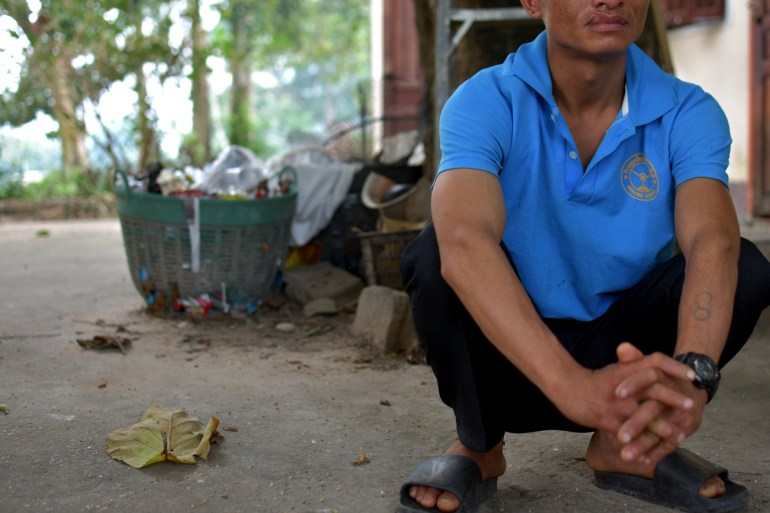
‘A recipe for disaster’
The Golden Triangle, the remote area in which the borders of Thailand, Myanmar and Laos meet, has long been one of the world’s major drug-producing hotspots. Historically, it was notorious for opium, but recent years have seen drug syndicates turn to producing methamphetamine pills and crystal meth – a distilled, more potent and expensive variety of the drug.
Groups in Myanmar are at the heart of this trade, most prominently Shan state – a war-torn region in the country’s east sharing a long, porous border with Laos. For decades, the drug trade has provided vital funds for ethnic armed groups and military-aligned militias in the troubled state, with narcotics flowing across the border into China, Laos, and Thailand and onto the international market.
The coup in Myanmar has only accelerated the industry’s output.
The generals’ removal of the democratically-elected National League for Democracy government drove widespread protests and the military’s brutal response pushed the pro-democracy movement into a nationwide armed resistance.
With growing lawlessness and intensified fighting across the country, the anti-narcotics efforts of certain ethnic armed groups and the Myanmar authorities have been hampered. More militias under the command of the military have also reportedly turned to drugs to fund food and salaries for their soldiers.
In Shan state, these post-coup conditions have created a “perfect storm” for drug production, according to Jeremy Douglas, the United Nations Office on Drugs and Crime’s (UNODC) regional representative for Southeast Asia and the Pacific.
“You have the breakdown of security in Shan state, an acceleration [of drug production] post-coup, and a massive and very porous border along the Mekong river between Shan and Laos,” he told Al Jazeera. “It’s a recipe for disaster.”
The chaos has resulted in record flows of narcotics over the border into Laos, with Douglas saying that the country, as the “path of least resistance,” has become a “major gateway” for drugs into the region.
“When you look at drug supply, it’s at unprecedented levels, there’s no doubt about that. Laos has never seen the volumes that they see now,” he said. “Traffickers are using Laos to move massive quantities of drugs from Shan out to regional and international markets, and larger volumes of chemicals back the other way.”
Lao authorities have registered several high-profile wins in their battle against the traffickers. Notably, in October 2021, they conducted Asia’s largest-ever drug bust, intercepting a beer truck in Bokeo province carrying 55 million methamphetamine tablets and 1.5 tonnes of crystal meth.
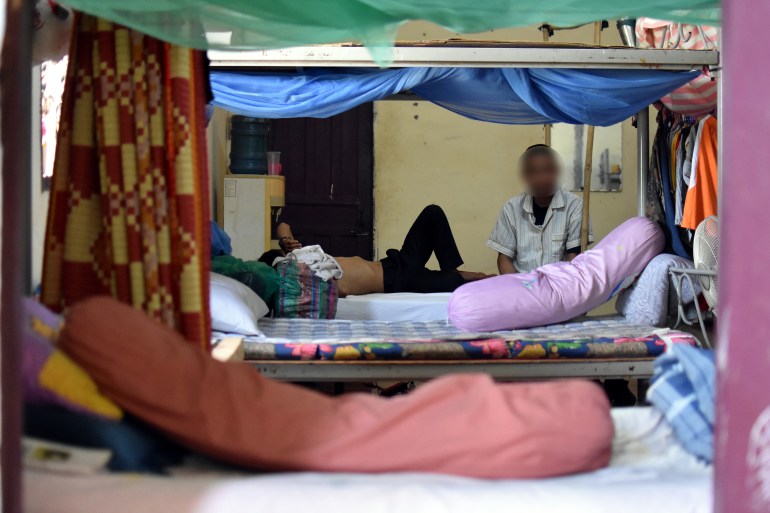
A June report by UNODC also showed a second successive record-breaking year for seizures of methamphetamine tablets in Laos in 2022, with 144 million pills intercepted. In 2019 and 2020, this figure stood at just 17.7 million and 18.6 million respectively.
But while large seizures make for good headlines, the criminal networks facilitating the shipments have been left untouched, according to an international observer with close knowledge of Laos. The source, who requested anonymity due to the sensitivity of his work, told Al Jazeera that “philosophical differences” with Western anti-narcotics approaches, combined with a “lack of capacity”, means “there doesn’t seem to be any real effort to identify drug networks”.
“The drug seizure is the goal [for Lao police] and the seizures seem to be ad hoc in nature,” he said. “More troubling, authorities often don’t make an arrest at all; very often they don’t even arrest the driver of the vehicle.”
The Lao government could not be reached for comment.
The source said that, while collusion between officials and criminal networks does occur, he generally believes there is a “sincere” effort by Lao authorities to crack down on drug trafficking.
But he says he is concerned the current approach is misguided because the amount of drugs being seized is probably only a tiny fraction of the total entering the country.
“We see a lot of seizures, but that doesn’t actually give a real sense of the volume that’s not being detected,” the source said. “There’s a clear oversupply, so whatever efforts are being made to limit the intake is not having an impact. The falling price is a great indicator of that.”
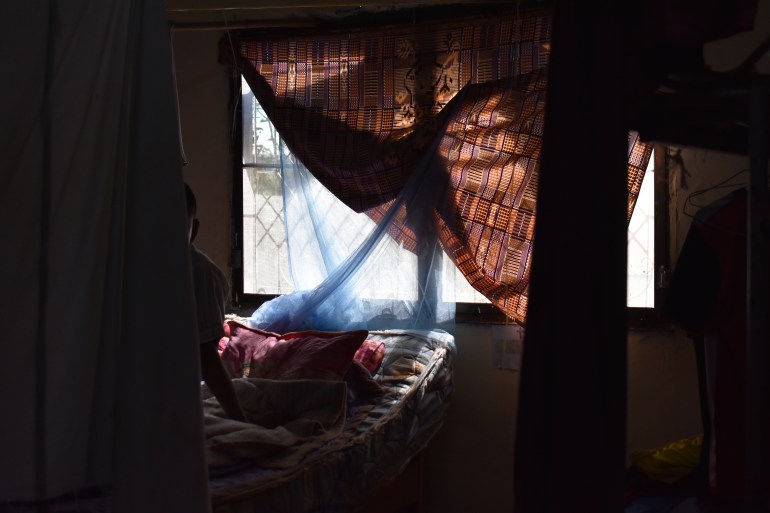
Some of the world’s cheapest meth
That price has fallen so far that Douglas said Laos now offers “close to the cheapest” meth in the world – alongside Myanmar and parts of northern Thailand. This is part of a “total price collapse” around the drug as the region has been flooded with pills.
“Meth tablets are probably a third or maybe a quarter of what they were five or six years ago,” he said. “Laos may not be a wealthy country but you don’t need much money to use yaba these days. It’s cheaper than beer and fried rice.”
Karen Peters, a regional drug and health programme officer at UNODC who has supported community-based drug rehabilitation projects in Laos for eight years, told Al Jazeera that while methamphetamine is now “ridiculously cheap”, the extent to which this has translated to wider drug use in the general population remains unclear in the absence of reliable statistics.
The Lao National Commission for Drug Control and Supervision estimates there were about 90,000 drug users as of 2023, or about 1 percent of the population, based on government surveys. Peters said these figures should be taken “with a pinch of salt” given the country’s highly punitive approach to drug use. She added that it was “impossible to get accurate data” in the absence of more nuanced collection methods like wastewater testing and anonymous online surveys.
“[In Laos], drug use can land you in a compulsory treatment centre or prison,” she said. “If I have a government official knocking on my door asking about the number of people that use drugs in my house, why would I admit it?”
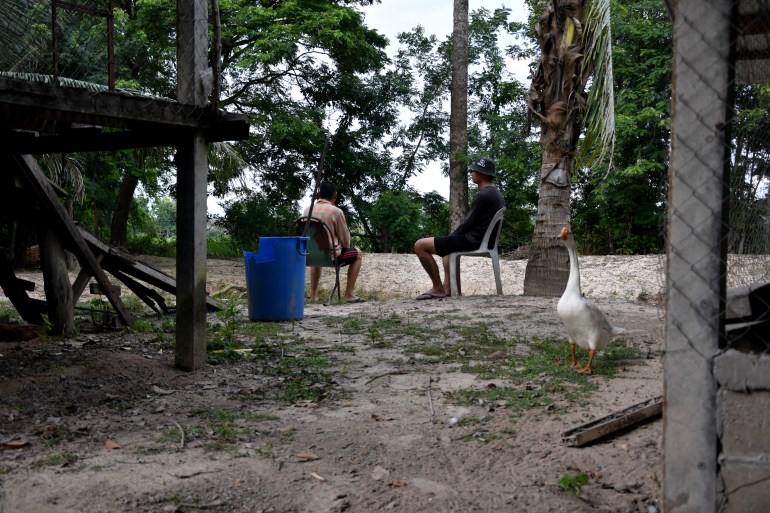
But while the link between falling prices and increased availability with the growth in drug users across Laos is yet to be established, what is clear to Bounme at the Transformation Center is that these factors have tightened the drug’s grip on those already addicted.
“People these days seem to use more,” he said. “Some people take two or three, maybe five pills a day.”
Bounme oversees a holistic treatment programme at the centre – including daily tasks like cooking, cleaning and tending to a small farm with ducks, chickens and geese – intended to instil a sense of responsibility and structure in the men. A separate centre provides help to women and children who use drugs.
For newly-arrived Keo, he hopes his time at the Transformation Center will be a turning point but he is aware of the grip yaba has had on him for almost all of his adult life.
“I’ve tried several times to quit but I wake up and start using again,” Keo said. “But someone from my village came here and now he’s free. I want to be like that.”
Additional reporting by Lamxay Duangchan